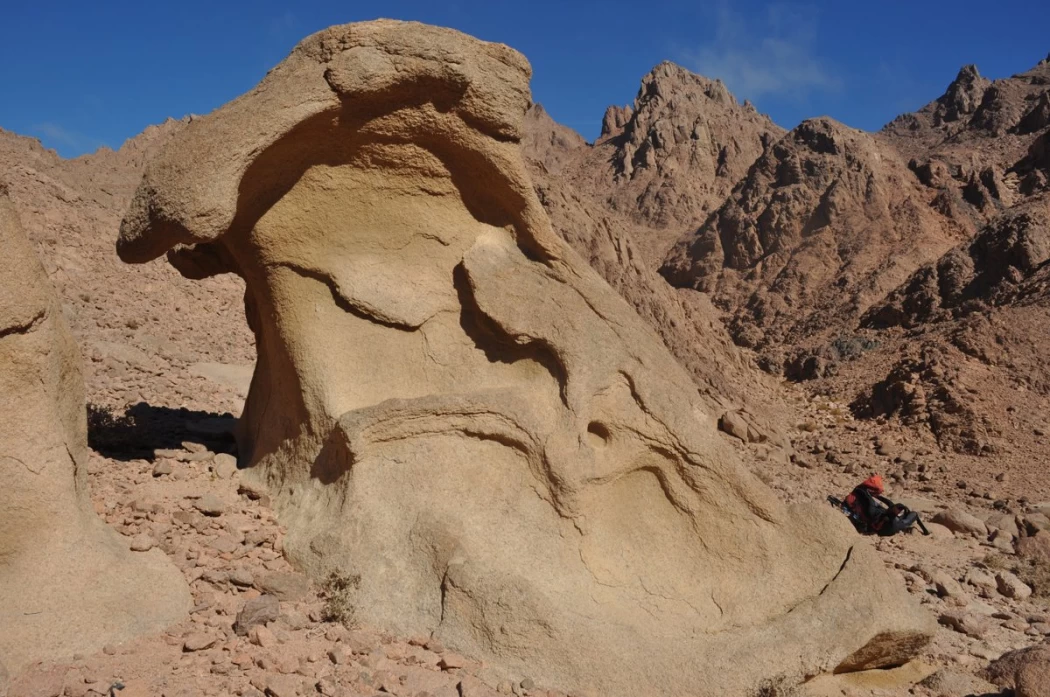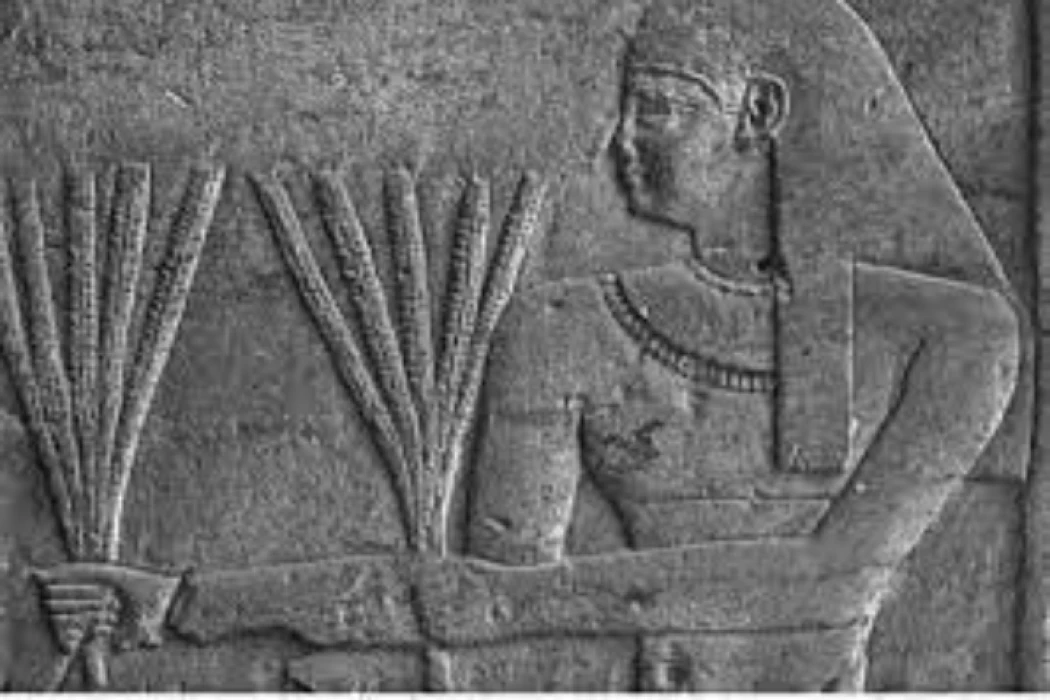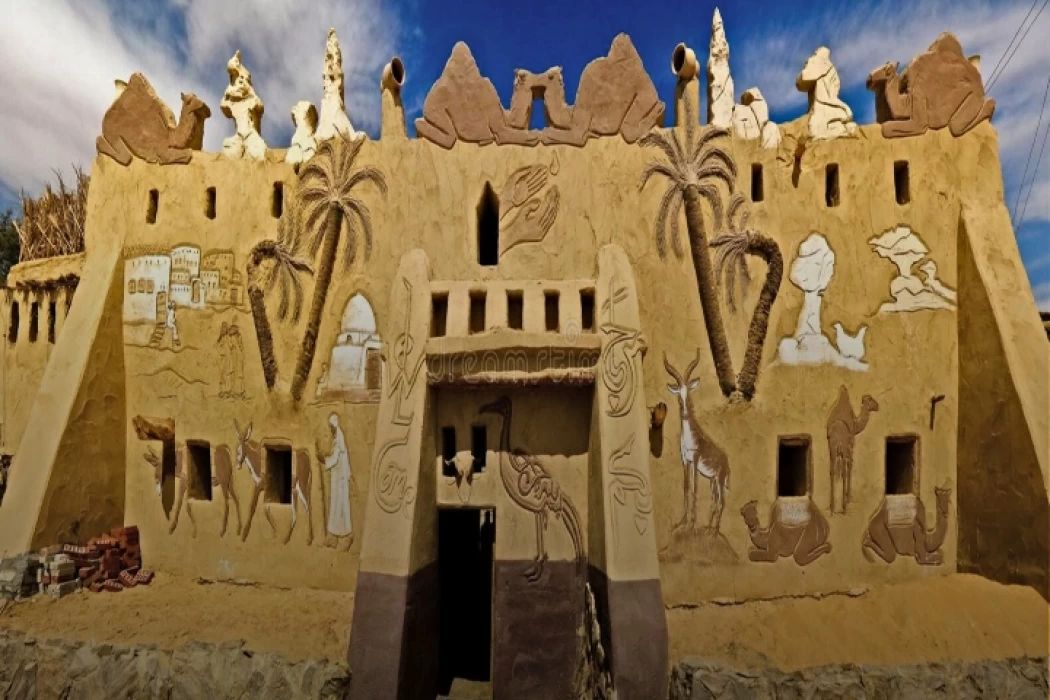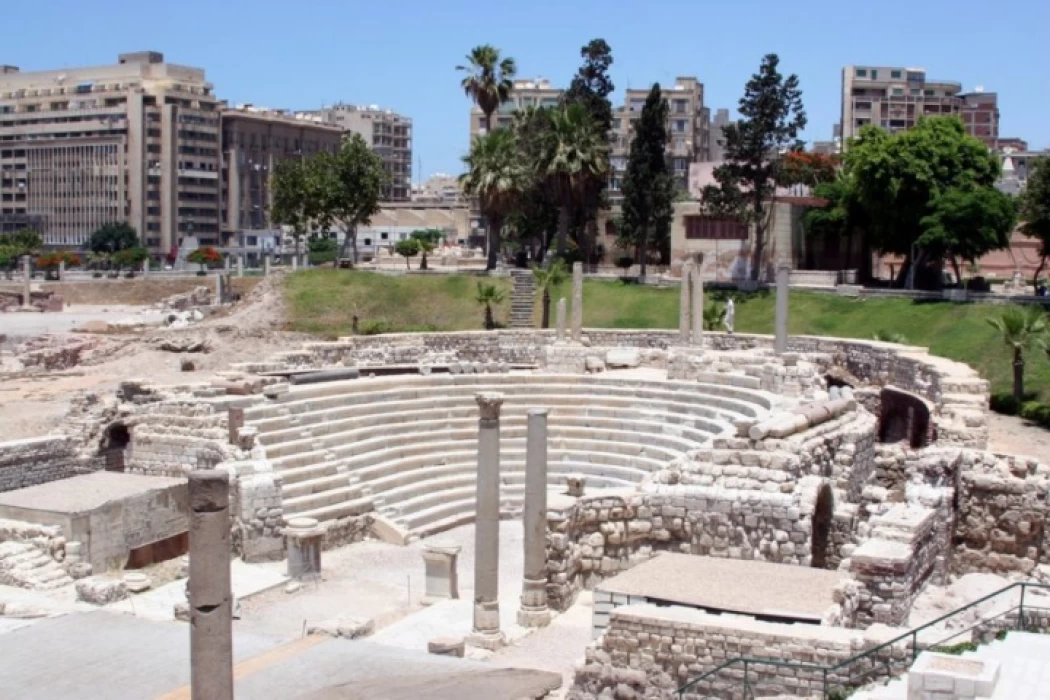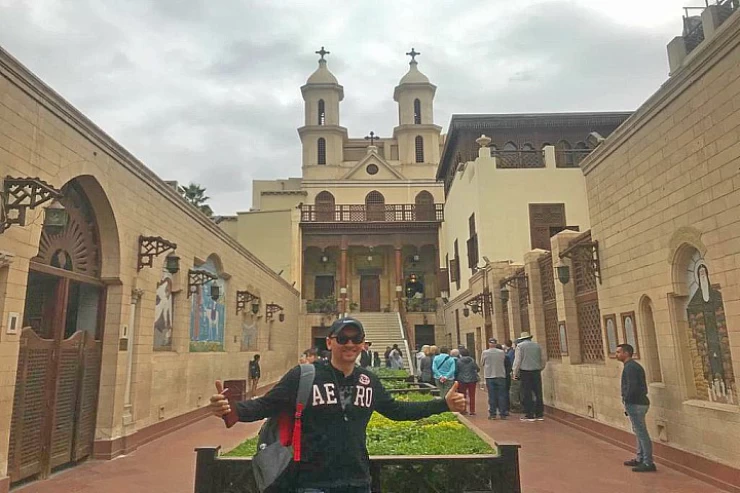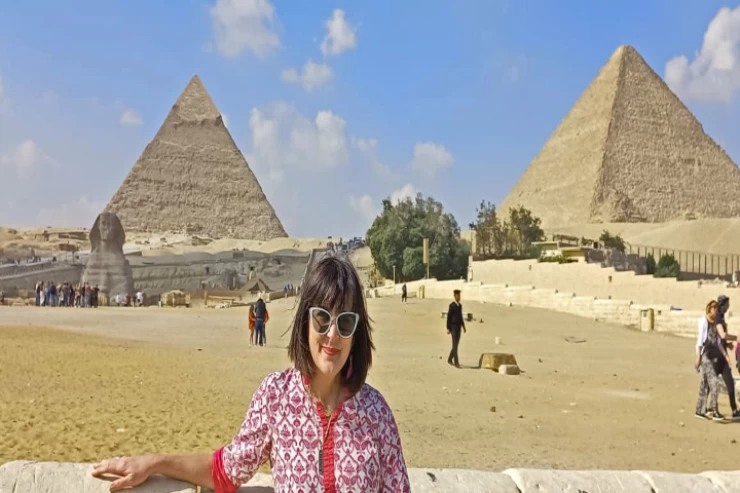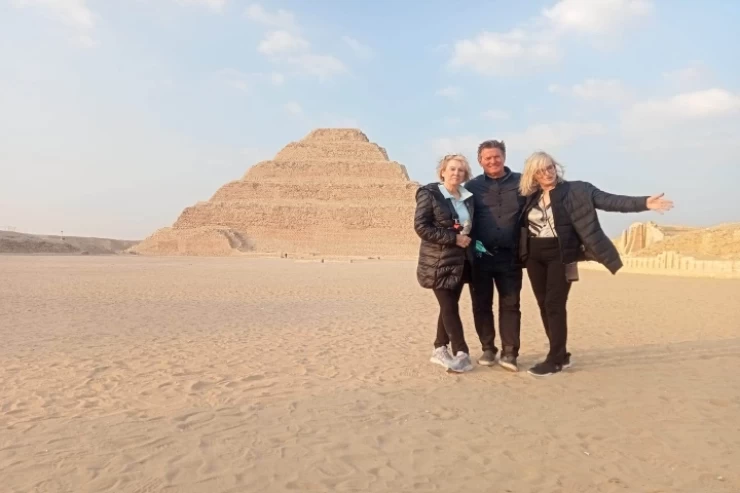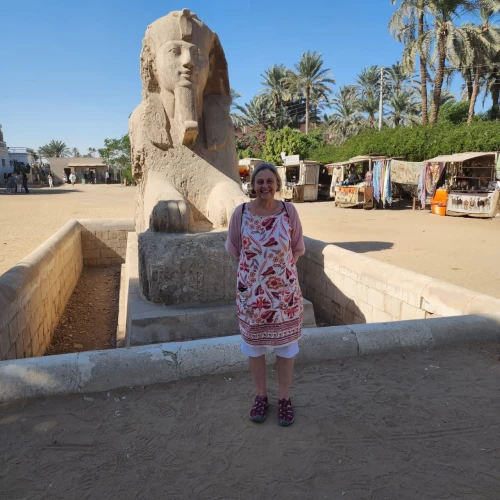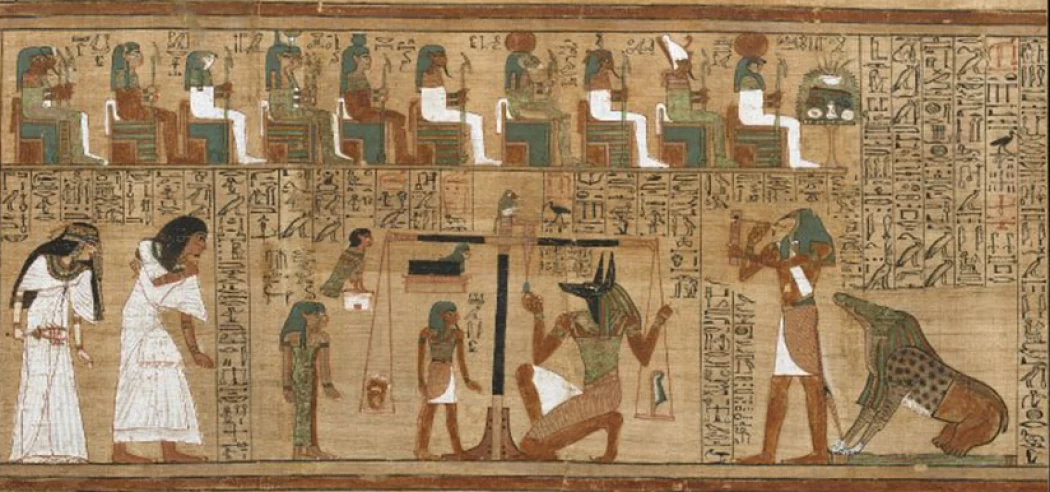
The Religions in Egypt
According to the Constitution of 1971 and the constitutional declaration of Egypt, Islam is the official religion of the state and is practiced by the majority of the population of Egypt. There are no specific percentages of adherents of beliefs for Egypt, as official Egyptian statistics have stopped mentioning the number of followers of religions and sects since the 1996 census.
Throughout the Egyptian historical statistics of population censuses, the percentage of Muslims was estimated at an average of 94% and the percentage of Christians at an average of 6% until the 1986 census, where the last official census reported the number of adherents of different religions in Egypt.
As for the Islamic religion, its adherents in 2009, according to some sources, are estimated at 94.6%. While sources are estimating their percentage at about 90%, most of them are Sunnis and Jamaat, the Shafi'i, ash'ari and Hanafi sects are widespread throughout Egypt, and some of them belong to some Sufi ways, and most of the azharis from Shafi'i belong to the school of ash'ara speakers, there are also Muslim MU'tazila, Shia Imami and Ismailis, but there is no official census of them. Some sources estimate the proportion of Muslims to be between 80: 90% due to the uncertainty of the number of Christians.
Christian religion,
Similarly, the followers of the Christian religion are estimated between about 5.4% and about 6%. in September 2012, the number of Christians reached 5 million and 130 thousand, according to official statistics from the Central Agency for Public Mobilization and Statistics, while American sources say that they are 10% of the population of Egypt, 90% of them are Orthodox, including Catholics and evangelicals, and there are also parishioners of the Syriac, Roman and Armenian churches. This is the largest gathering of Christians in the Middle East. While the last official census estimated them at two million Christians and 800 thousand; estimates of Christian clergy differed about the number of Christians in Egypt, where Anba mark-the head of the Information Committee of the Orthodox Church - claimed that the number of Christians in Egypt reaches 12 million people, and Mark Aziz, the priest of the suspended church, said that the number of Christians in Egypt reaches 16 million Christians, while the head of the evangelical community, Reverend Ikram Lami, described these figures as exaggerated, as the number of Christians was estimated at no more than 10 million according to his opinion. Later, Pope Shenouda stated that the number of Christians was 12 million, a position contrary to his usual policy of not authorizing Christian censuses, which led some sources to question this figure, estimating the number of Christians to not exceed eight million. While the real figure is uncertain, some sources say that their percentage ranges from 10 to 20%. While sources estimate them at 15%.
It is not possible to determine the percentage of Christians in Egypt and the overwhelming majority of them are believers of the Coptic Orthodox Church with the presence of various minorities from the Patriarchate of Alexandria to the Greek Orthodox, Latins, Maronites and others; the last national census in the country observed the percentage of sectarian representation and did not include the diaspora, and the Church recognizes it was done in 1966 during the reign of Gamal Abdel Nasser, then the statistic stated that the number of Christians is about two million out of 29 million, i.e. by 7.2%, rising to about 9% by adding the Copts of the diaspora, the following statistic in 1976 challenged its validity, especially a period of tension between the Patriarchate of Alexandria and the regime of Anwar Sadat, as he stated that the number of Copts is 2.2 million, that is, compared to the previous census, the number of Copts has not increased The Christians of Egypt for a decade have only 200 thousand inhabitants, compared to a general increase in the population of Egypt estimated at six million, although the Christians of Egypt have no immigration problem in the sense spread in the Levant and Iraq, as well as no problem in having children. A 2010 Pew Research Center study suggests that the decline in percentages is mainly because, for decades, Christian birth rates have been falling in comparison with Muslims. The study also indicates that the number of Christians in Egypt may have been reduced in censuses and demographic surveys. According to the August 2011 Pew Forum report "Increasing Restrictions on Religion," Egypt has significant government restrictions on religion, as well as very high social hostilities. These factors may lead some Christians, especially converts from Islam, to be wary of revealing their faith. Government records may also reduce the number of Christians.
The last census that also included the sect took place in 1986 and showed that the percentage of Christians was 5.9%, about 2.8 million out of 48 million Egyptians at that time, based on this statistic, some civil associations and political parties still assess the percentage of Christians in Egypt, specifying that the current number out of 80 million is about 4.5 - 5 million people, but many independent bodies accuse the regimes of Anwar Sadat and Hosni Mubarak of manipulating the statistical ratios for political and social gains, and several international statistical studies determine the percentage by about 10% of the population, i.e. 8 million Egyptians out of 80 million; the World Factbook, together with the U.S. Department of State in the report on religious freedoms for 2007 said that it is difficult to determine the number of Christians inside Egypt, but it ranges between 6-11 million Egyptians, i.e. between 8-15% of the total population.
According to the Believers in Christ from a Muslim background: Global Census, a study conducted by the American University of St. Mary in Texas in 2015, about 14,000 Egyptian Muslim citizens converted to Christianity. Major General Abu Bakr al-Jundi, head of the General Mobilization and Statistics Authority, stated in December 2011 that the number of Christians in Egypt is decreasing from census to census, and their percentage may reach 5% of the population, due to the tendency of Christians to migrate out of Egypt more compared to Muslims due to their lack of exposure to the phenomenon of Islamophobia, to which Muslims are exposed, especially in Western countries.
Other religions,
There are about 200 Jews in Egypt. They are the remnants of one of the oldest Jewish communities in the world, which included the majority of Karaite Jews, along with rabbis and noorites; most of them emigrated with the beginning of the Arab-Israeli conflict in the mid-twentieth century.
There are also about 2,000 Baha'is in Egypt.
There are also Egyptians who identify themselves as non-religious, but there is no census of them.
Religious institutions,
There are two religious institutions in Egypt, one of the oldest and most important institutions for the Islamic religion represented by each of them:
Al-Azhar was built by the Fatimids to spread the Ismaili doctrine in North Africa before Saladin turned it into a Sunni University to become one of the most important pillars of Sunni Islam in the world.
Dar Al-Ifta, which was founded in 1895 and is headed by the mufti of the Egyptian Diyar, and this position is currently held by Sheikh "Shawqi Ibrahim Abdul Karim Allam", is the mufti of the Egyptian Diyar, in addition to being a professor of Islamic jurisprudence and Sharia at Al-Azhar University "Tanta branch".
The Coptic Orthodox Church, which is one of the oldest Christian churches in the world and one of the first five churches, and the Church of Alexandria is the seat of the one who sits on the chair of St. Mark, who is the pope of Alexandria and the patriarch of the preaching of St. Mark, and the current pope is Pope Tawadros II.
Latest Articles
Admin
Regin of Abbas I of Egypt | Abbas Pasha I
Abbas has been often described as a mere voluptuary, but Nubar Pasha spoke of him as a true gentleman of the "old school". He was seen as reactionary, morose and taciturn, and spent nearly all his time in his palace. He undid, as far as lay in his power, the works of his grandfather, both good and bad.
Admin
Story of Gabal Shayeb Al Banat - Red Sea Mountain
Jabal shayb al-banat is one of the Red Sea Mountains in the eastern desert in Egypt, located to the west of the city of Hurghada at a latitude of 27 degrees north and a longitude of 33.5 degrees east of the Greenwich line approximately, this mountain is the highest mountain peak in the eastern desert with a height of up to 2185 meters, it is a prominent mass of igneous rocks
Admin
Neper God Of Grain
Neper was the deity of grains, particularly cereals that were important in Ancient Egypt, such as wheat and barley. It was stated that he foretold when the crops would grow, be harvested, and disappear.
Admin
Badr Museum in Farafra
The Badr Museum is located in a mud building, which is the common home found in this medieval part of Egypt. All of the artwork that was created by the artist is quite unique. His work almost always depicts life in the Farafra Oasis and he provides the work through both painting and sculpting.
Admin
Djoser
Djoser was an ancient Egyptian pharaoh of the 3rd Dynasty during the Old Kingdom and was the founder of that epoch. He is also known by his Hellenized names Tosorthros (from Manetho) and Sesorthos (from Eusebius). He was the son of King Khasekhemwy and Queen Nimaathap, but whether he was also the direct successor to their throne is unclear. Most Ramesside king lists identify a king named Nebka as preceding him, but there are difficulties in connecting that name with contemporary Horus names, so some Egyptologists question the received throne sequence. Djoser is known for his step pyramid, which is the earliest colossal stone building in ancient Egypt
Admin
Kom Al Dikka Alexandria
Kom El Deka, also known as Kom el-Dikka, is a neighborhood and archaeological site in Alexandria, Egypt. Early Kom El-Dikka was a well-off residential area, and later it was a major civic center in Alexandria, with a bath complex (thermae), auditoria (lecture halls), and a theatre.

